Rare aircraft are a passion. If they are a bit of an oddity, then that’s even better and the Vought V-173 “Flying Pancake“, World War Two era experimental aircraft more than fits the bill! Ordered in May 1940, the wooden framed, canvas covered V-173 was completed in 1942 as the sole Proof Of Concept prototype for the United States Navy Vought XF5U-1 “Flying Flapjack“ fighter aircraft program intended to operate from very short distances off tankers, capital ships and carrier decks to counter the Japanese air threat.

Recently I visited the Frontiers of Flight Museum at Dallas Love Field in Texas to see the “FlyingPancake” and 25,000 hours of restoration work over eight years by volunteers of the Vought Aircraft Heritage Foundation has brought this aircraft impressively back to its former glory! Since April 2012 the V-173 has been on long term loan from the Smithsonian Air & Space Museum collection.
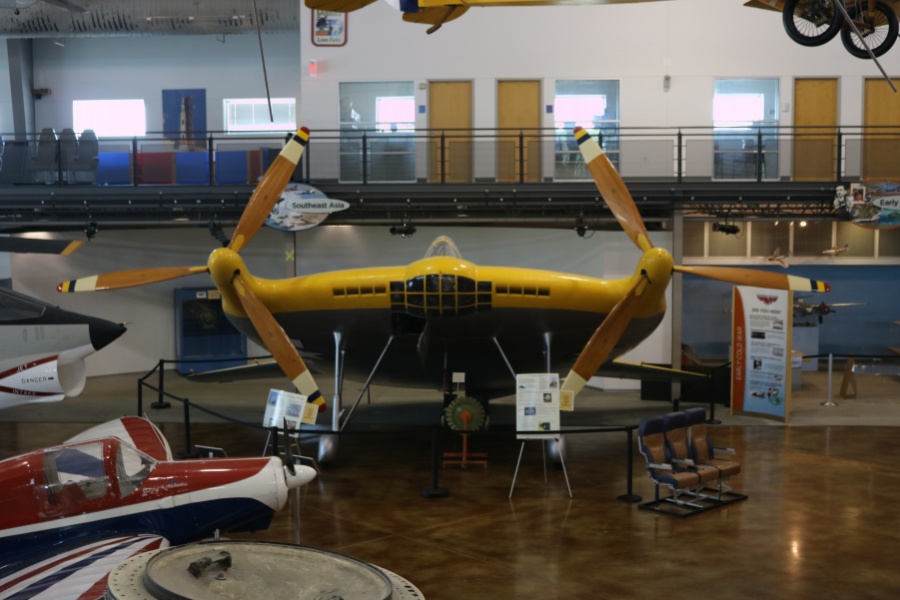
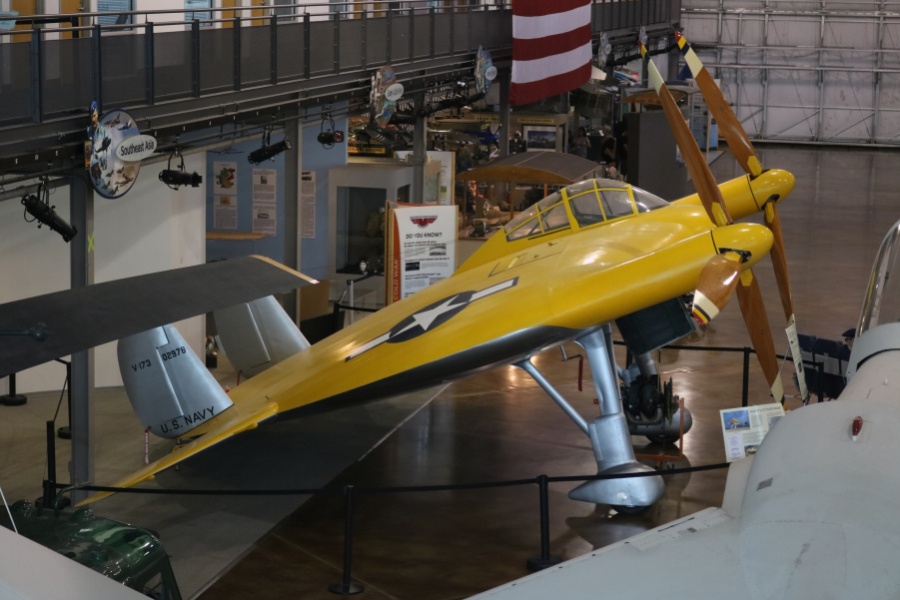
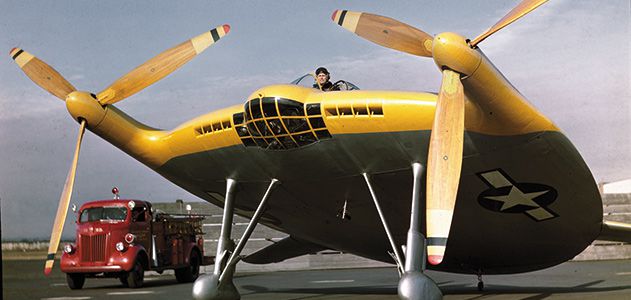
The V-173 first flew on November 23rd, 1942. The Pancake/Flapjack names were derived from the flat disc shaped design of these unusual U.F.O. like aircraft.
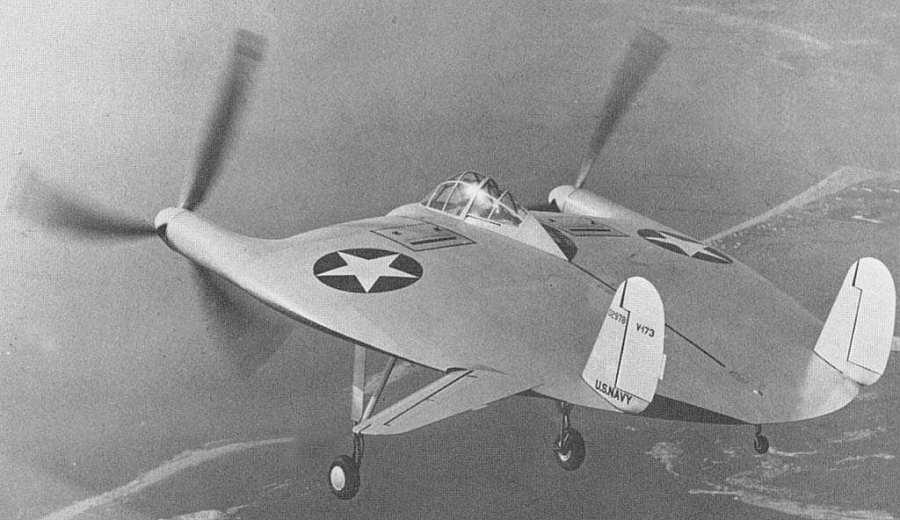
The XF5U-1 was a similar but larger, stronger, more advanced all metal design with a retractable undercarriage and an aluminum airframe covered with lightweight but sturdy Metalite – a layer of balsa wood bonded between two thin layers of aluminium. After the construction of two prototypes in 1945, one for ground structural testing (BuNo 33958) and the other (BuNo 33959), that although intended to fly, never did due to extreme gearbox mechanical vibration during engine runs, the XF5U-1 project was cancelled in March 1947. Lengthy development delays and the transition to navy jet aircraft saw the end of the program. Both prototypes were destroyed in 1949.

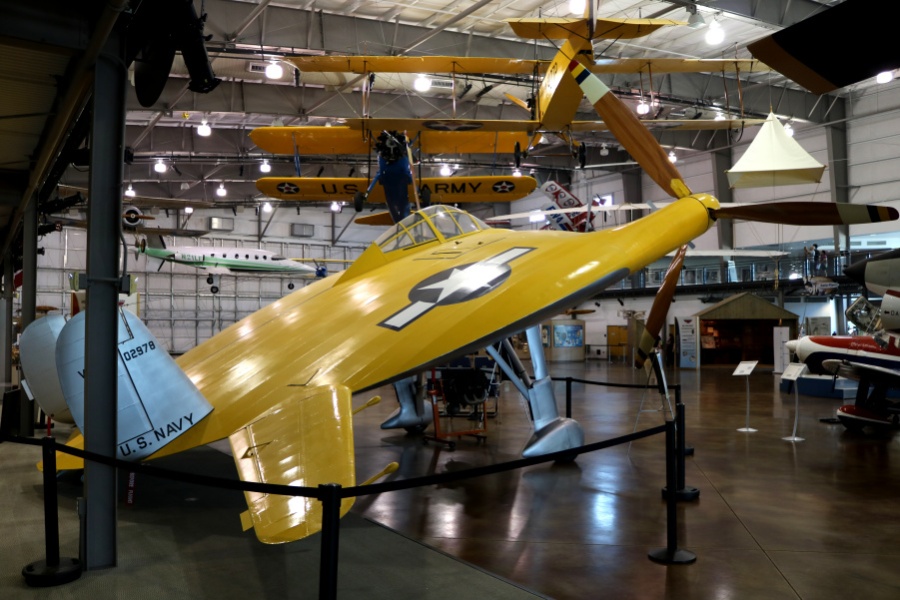
The benefits of the flat disc like airfoil, all wing design of aeronautical engineer Charles H. Zimmerman included reduced drag and the small wing area (just 23.3 feet in diameter for the V-173) provided structural strength and high maneuverability. The V-173 tail featured two horizontal stabilisers, elevators, rudders and an additional pair of large sized elevators mid fuselage.
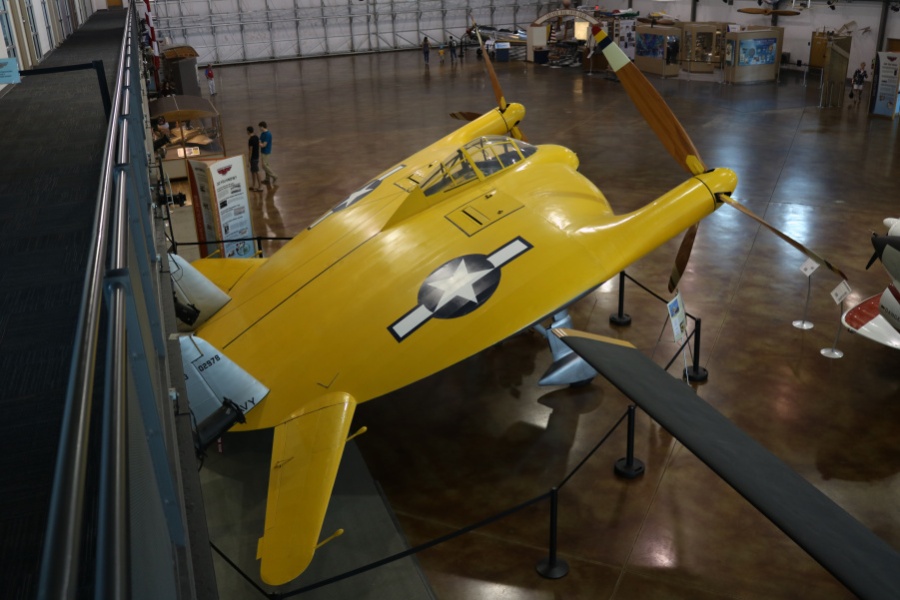
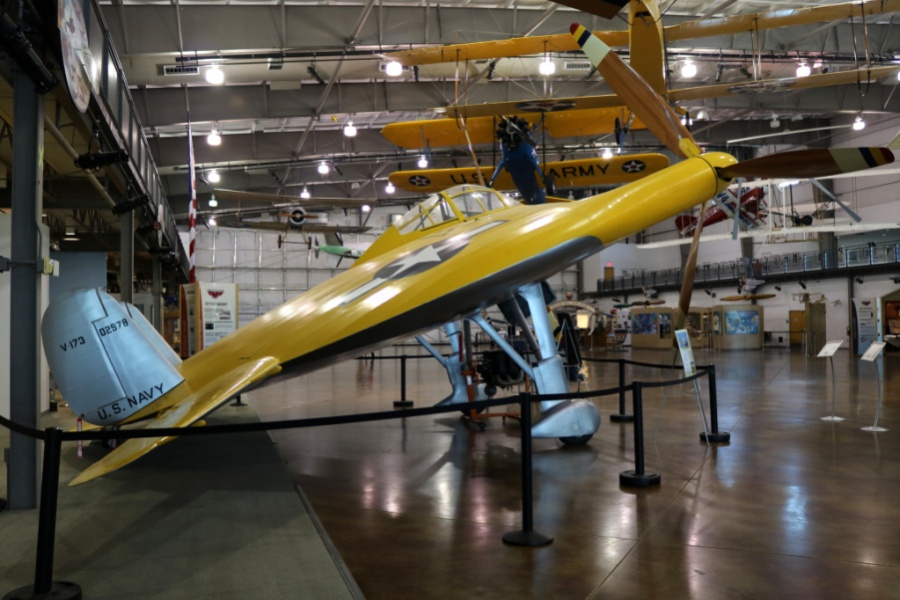
The huge 16 foot, three bladed propellers of the V-173 were powered by a pair of relatively small air cooled 80 hp (60 kW) Continental A-80 radial engines that were within the fuselage above the landing struts (the XF5U was fitted with a pair of significantly more powerful Pratt & Whitney R-2000-7 1,350 hp radials). Placing the large propellers on the wing tips was a way of reducing drag and enhancing lift by creating an airflow stream along the outer edge of the wings.
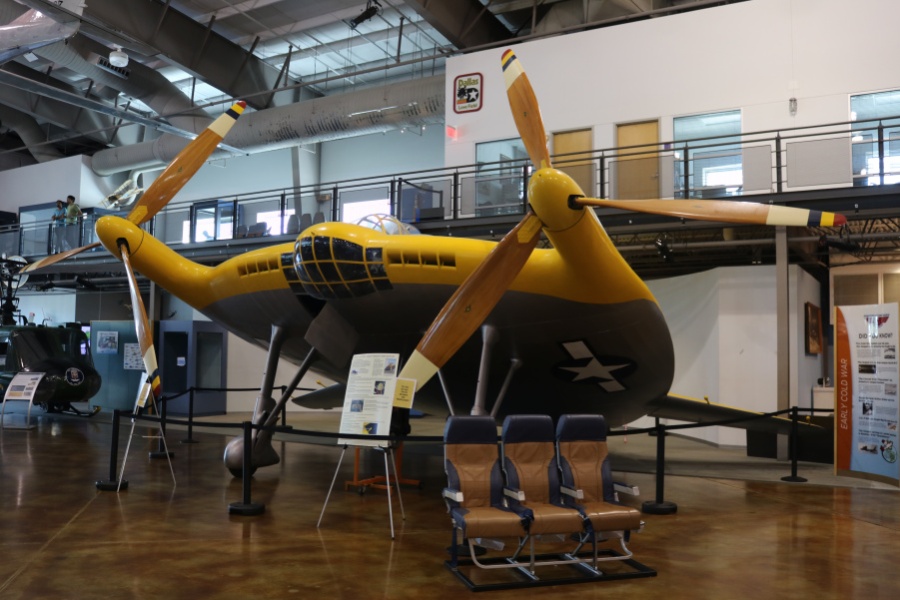


The V-173 sat on the ground at a high upward angle of 22-degrees to provide clearance for the large propellers and enable a short take-off by generating lift from the high angle of the wing area to the airstream. The overall design enabled the V-173 to take off and land at very low speeds, which was practical for aircraft carrier operations.
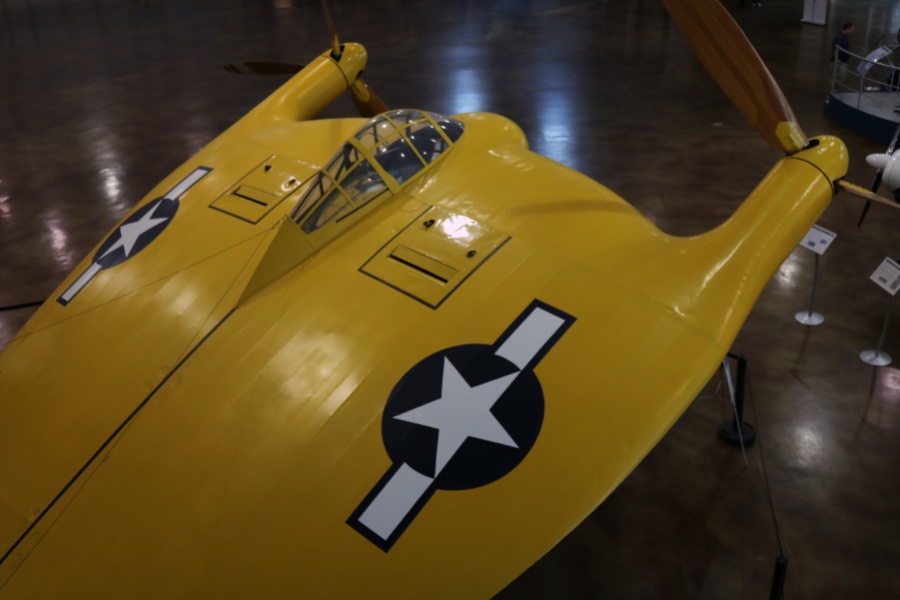

The underpowered V-173 had a top speed of only 222 km/h (138 mph). A small fuel capacity limited flight time to less than one hour.
Despite several forced landings during 199 test flights and 131 hours of flying conducted by navy test pilots and even Charles Lindbergh for a couple of flights, the V-173 was not retired until March 1947. The aircraft was then placed into storage at the Norfolk Naval Air Station in Virginia.
The V-173 was acquired by the Smithsonian in 1960 and put back into storage to await future restoration. By the early 2000’s it remained virtually untouched. In 2003 a Vought executive arranged for the aircraft to be taken to their facility at Grand Prairie in Dallas, Texas for restoration by the Vought Aircraft Heritage Foundation volunteers.
The V-173 was in relatively good condition but the cotton fabric covering the wooden airframe was in tatters and needed to be painstakingly replaced. The flight control mechanisms apparently were a challenge to reconnect too! The restoration was complete by 2012
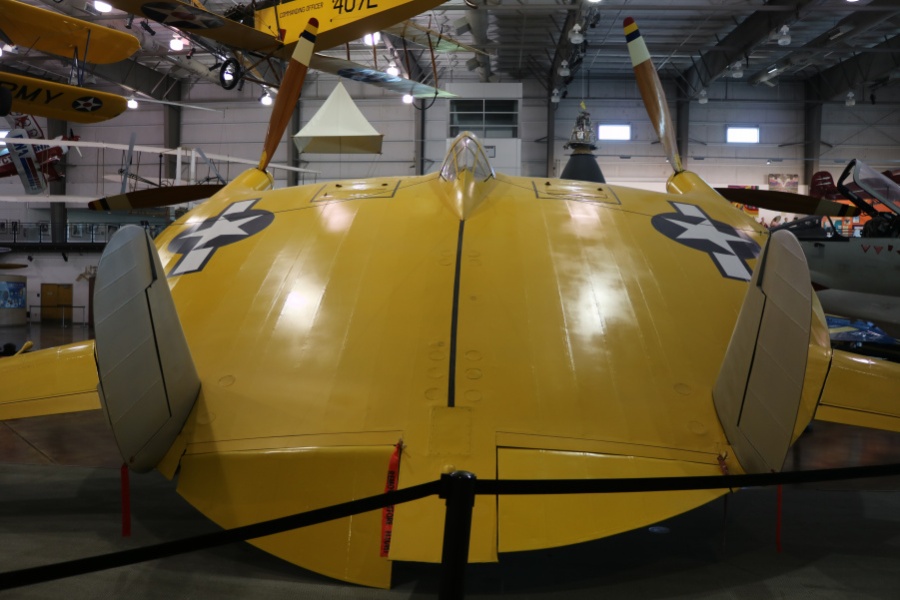
References:
Air & Space Magazine: Why there will never be another Flying Pancake
Frontiers of Flight Museum – Vought V-173
Smithsonian National Air & Space Museum – Vought V-173
